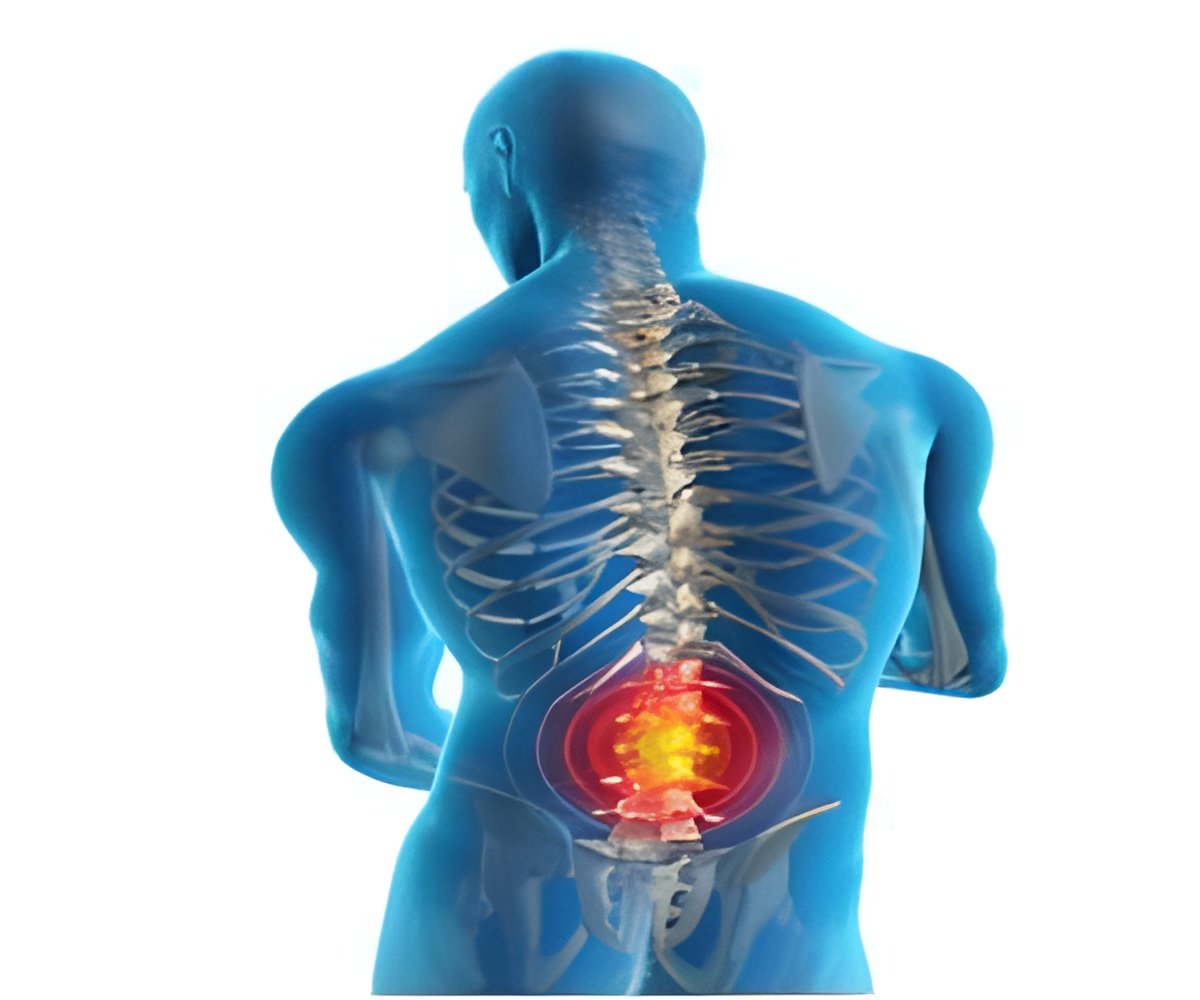
There is an evident need for new measuring methods, since fractures caused by osteoporosis signify a considerable public health problem, and the current X-ray methods measure bone density alone and, thus, cannot reliably predict future fractures.
On an annual basis, osteoporosis causes approximately 40,000 fractures in Finland, and the related treatment costs add up to hundreds of millions of euros.
"The X-ray-based DXA method that is currently in use is expensive and, therefore, does not allow for population screening. Furthermore, there are some limitations in the accuracy of the method," says Professor Timonen from the University of Jyväskylä.
According to Timonen, ultrasound-based methods have long been developed for the purpose of creating a cost-efficient and rapid means of screening for osteoporosis. In principle, ultrasound methods are more versatile than X-ray methods, but they are quite susceptible to disturbances and, therefore, have not so far produced very reliable measurements. "The measuring difficulties arise from, for instance, disturbances caused by the necessary contact between the ultrasound source and the skin, and by the layer of soft tissue on top of the bone."
The new technique being developed for the purposes of assessing osteoporosis deploys, for the first time in the case of bone, laser-based photo-acoustic methods for producing ultrasound. "We direct a suitable laser beam at the surface of the skin to produce an ultrasound pulse that will propagate along the bone. This prevents contact problems during the measurement process. Furthermore, the ultrasound pulse can be easily tailored by adjusting the laser beam. This enables us to achieve a much more accurate measurement," Timonen describes.
Advertisement
Source-Eurekalert













